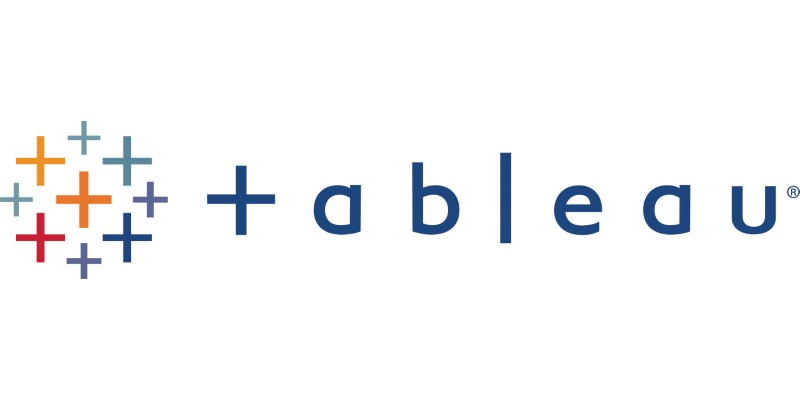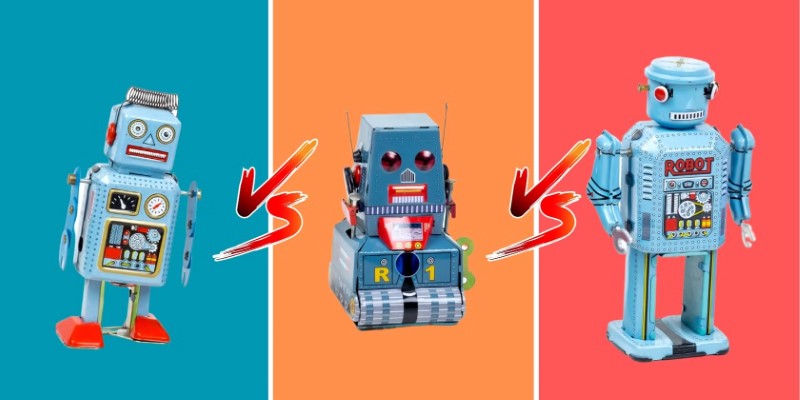Advertisement
Chatbots have become an everyday part of how we interact with technology. Whether it’s customer support or casual conversation, they’re quick, helpful, and always available. But behind that ease lies a growing concern that most people don’t even think about. These bots, powered by neural networks, might be giving away more than you expect — even when they don’t mean to.
Here’s what that means in simple terms. When a chatbot is trained on a large set of user data, it learns patterns to respond better. That’s normal. The problem begins when someone finds a way to reverse that process — a method known as a model inversion attack. It’s exactly what it sounds like: someone tries to pull original data out of the model itself. And yes, that can include names, photos, or even sensitive details.
Let's say a chatbot was trained using thousands of customer support transcripts. It now knows how to respond politely, answer questions, and deal with complaints. All good so far. However, if someone uses the right prompts and techniques, they can try to force the model to "remember" and share parts of the training data.
This doesn’t mean the chatbot suddenly blurts out your password — it’s not that direct. What happens instead is slower. It’s like fishing in a dark pond — throw the right bait enough times, and eventually, you might catch something that was never meant to come up.
Researchers tested this with facial recognition systems. They asked the model to generate an image of a face it had seen during training. The results were close — scarily close — to real photos. And the same thing can happen with language. Ask just the right questions, and you could get fragments of real conversations that should have stayed private.
The short answer is overfitting. When a neural network memorizes rather than learns patterns, it becomes easier to pull out specific data. It's like a student who cram for an exam by memorizing the answers. Ask the same question, and they'll spit out the exact thing they read. But ask something new, and they struggle.

The same applies here. A well-trained chatbot should understand how to generalize. But when a model is too closely tied to its training data, it ends up holding onto specific phrases, names, or even identifiers. And when poked the right way, that memory shows up in its answers.
Another reason? The size of the model. The bigger the model, the more it tends to absorb. And sometimes, it ends up storing things it shouldn't — especially if that data wasn’t cleaned properly before training. Think of it like packing a suitcase in a rush. You might end up with items you didn’t mean to bring.
You don’t need to be a data scientist to spot red flags. Some signs are more obvious than others. For example, does the chatbot ever offer weirdly specific answers to vague questions? That’s a clue. Generic bots usually respond in a safe, neutral tone. If your chatbot starts spilling full names, dates, or events out of nowhere, that’s not just strange — it’s risky.
Then there's the issue of consistency. Bots trained well can handle randomness. But if your chatbot always responds to certain questions with the same phrase — especially if it sounds like it came from a real person's data — that's another warning. It could be repeating a piece of its training set, word for word.
You should also ask: who trained the model, and what data was used? If your chatbot was built using open data or scraped content without proper filters, it’s already halfway to being vulnerable. Add in poor testing and no privacy checks, and you’ve got a ticking clock.
Start with the basics — keep your training data clean. That means removing any personally identifiable information before you ever feed it to the model. It sounds simple, but it’s often skipped in the rush to build something fast.
Next, add noise. This might seem counterintuitive, but it works. A technique called differential privacy introduces slight changes during training so that individual records don't stand out. Think of it as blending the data just enough to hide the original details but not so much that the bot forgets how to respond.

There’s also regular auditing. Instead of letting your chatbot roam free, test it. Throw weird questions at it. Try to extract information. And if you find anything even close to a real name, it’s time to go back to training.
Finally, limit what the chatbot can access. Just because a model can pull information from a huge dataset doesn’t mean it should. Restrict the scope and only give it what it absolutely needs to do the job. Fewer doors mean fewer ways in.
Most people think of chatbots as friendly helpers, not data leaks. But the truth is, when built without care, they can turn into tools that quietly reveal more than they should. Model inversion attacks aren’t science fiction — they’re real, tested, and growing in sophistication.
So if you're using a chatbot — or building one — it's worth checking what it's really holding onto. Because, in the end, it's not just about smarter replies. It's about knowing that what's said in confidence won't come back up in someone else's chat. A little caution now can prevent a lot of damage later. Stay tuned for more!
Advertisement

How can Tableau enhance your data science workflow in 2025? Discover how Tableau's visual-first approach, real-time analysis, and seamless integration with coding tools benefit data scientists

AWS SageMaker suite revolutionizes data analytics and AI workflows with integrated tools for scalable ML and real-time insights

What makes Google Maps so intuitive in 2025? Discover how AI features like crowd predictions and eco-friendly routing are making navigation smarter and more personalized.

Ever wonder why your chatbot avoids certain answers? Learn what AI chatbot censorship is, how it shapes responses, and what it means for the way we access information

Not all AI works the same. Learn the difference between public, private, and personal AI—how they handle data, who controls them, and where each one fits into everyday life or work

Learn how to create professional videos with InVideo by following this easy step-by-step guide. From writing scripts to selecting footage and final edits, discover how InVideo can simplify your video production process

Struggling with code reviews and documentation gaps? Discover how SASVA from Persistent Systems enhances software development workflows, offering AI-powered suggestions

Multimodal artificial intelligence is transforming technology and allowing smarter machines to process sound, images, and text

Looking for a quicker way to create documents in Word? Learn how to use ChatGPT to automate your document writing process directly within Microsoft Word

Heard about on-device AI but not sure what it means? Learn how this quiet shift is making your tech faster, smarter, and more private—without needing the cloud

Want to master statistics for data science? Check out these 10 essential books that make learning stats both practical and approachable, from beginner to advanced levels

Wondering how to turn a single image into a 3D model? Discover how TripoSR simplifies 3D object creation with AI, turning 2D photos into interactive 3D meshes in seconds